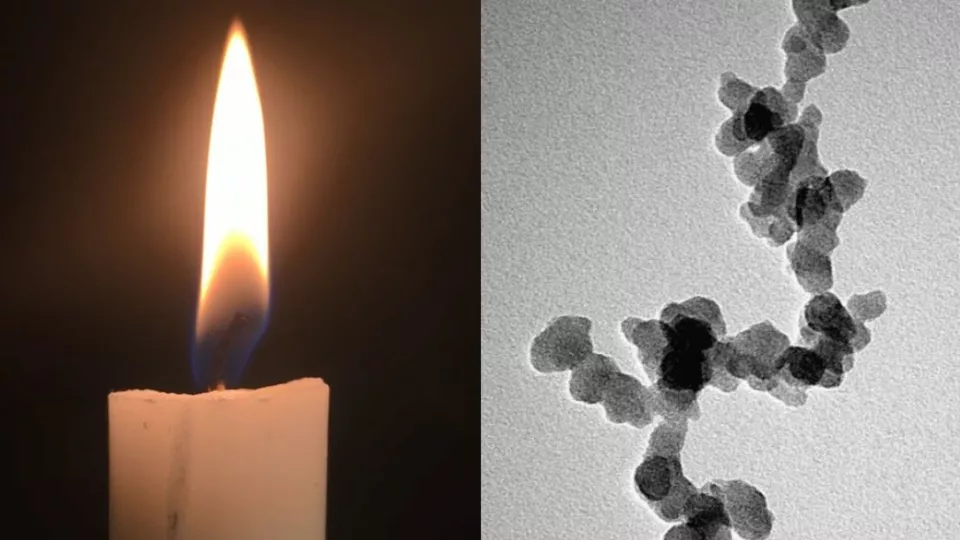Soot particles are formed during combustion of hydrocarbon fuels at locations where the fuel concentration as well as the temperature is high. Common sources for soot particles are forest fires, wood fires, cook stoves, engines, and industrial processes. A typical soot particle has a size of 1-10 micrometers and consists mainly of carbon atoms, often above 90%, where the rest mainly is hydrogen. Soot is not a homogeneous material, and it can have different characteristics depending on the fuel structure, the flame structure, and the time-temperature history of the combustion process.
Soot formation processes are not fully understood scientifically, although strong progress has been made the last decades based on advanced experimental work combined with extensive computational efforts on chemical mechanisms for soot formation. In combustion, the first soot nuclei are liquid-like and formed from the stacking of polycyclic aromatic hydrocarbons into three-dimensional structures, giving them sizes of 1 - 2 nanometers. During the formation process, these individual particles merge and together with chemical reactions on their surfaces they grow to rather spherical primary soot particles of around 15-20 nanometers. Finally, the primary particles are aggregated to chain-like structures (see right figure). Young soot particles have an amorphous carbon structure, while more mature particles contain larger amounts of graphitic subunits, thereby giving the soot higher absorption efficiency and blacker color.
Soot has negative health aspects and contribute to environmental contamination and global warming. Research is focusing on improving the understanding of soot formation, and development of techniques to quantify various properties of soot. In this respect, optical and laser diagnostic techniques are developed as they often are non-intrusive and can measure soot properties instantaneously with high temporal as well as spatial resolution during the combustion process.


